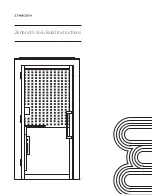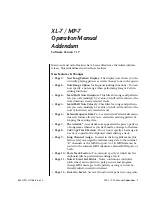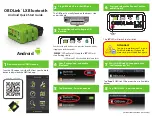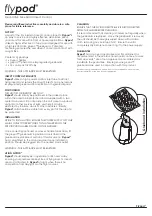
14
Vehicle battery has two types of internal resistances. One is "Rohm", the internal resistance
which contained in each battery. Another one is
“
Ret
”
, the charge-transfer resistance that
increases in direct proportion to discharge time of the battery current. For the weak
battery, "Ret" becomes higher and that makes the battery discharging time shorter.
Double Differential Pulse Measurement is specified to test the battery twice and input the
calculated "Ret" in the internal CCA calculation. By this method, SK-8550 can assure more
accurate testing than other CCA testers.
■
What is CCA?
CCA stands for Cold Cranking Amperes. It is defined as the current a battery at 0
°
F
(-18
°
C) can discharge for 30 seconds and maintain at least 7.2V (for JIS, SAE and BCI).
And it is defined as the current a battery at 0
°
F (-18
°
C) can discharge for 10 seconds
and maintain at least 7.5V (for EN and DIN). The battery which has the bigger CCA, the
higher ability to start an engine, CCA is one of the criterion for selection of the battery.
Rohm
Charge-transfer
resistance
(
Ret
)
Discharge Time (T)
Diffusion resistance
Activation reaction resistance
Ohmic resistance
1st measure
“
Ret
”
high (aging)
2nd measure
DOUBLE DIFFERENTIAL PULSE MEASUREMENT
■
What is Double Differential Pulse Measurement?
Increase by
battery
weakness
Battery Internal Resistance(R)
Summary of Contents for SK-8550
Page 1: ...SK 8550 BATTERY CHECKER Technical Guidebook ...
Page 35: ...33 ...
















































